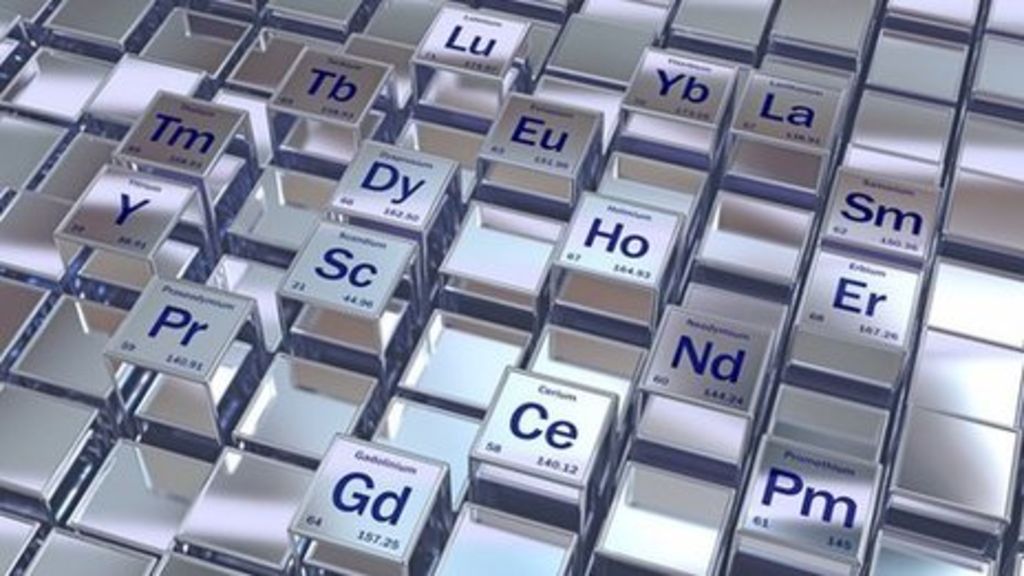
photo retrieved from http://www.bbc.com/news/world-17357863
Rare earths actually must be called as silent heroes of modern technology and industry. Rare earths are series of chemical elements found in the Earth’s crust that are vital to many modern technologies such as consumer electronics, computers, communications, network, clean energy, transportation, health care, environmental mitigation, national defense, military technologies, battery systems, wind turbines and many others.
World technology and energy community use these rare earths in several fields. The Japanese call rare earths “the seeds of technology.” The US Department of Energy calls rare earths “technology metals.”
Rare earth elements are 17 elements that are considered to be rare earth elements in the periodic table—15 elements in the lanthanide series and two additional elements that share similar chemical properties.
Who are these silent heroes?
- Scandium
- Yttrium
- Lanthanum
- Cerium
- Praseodymium
- Neodymium
- Promethium
- Samarium
- Europium
- Gadolinium
- Terbium
- Dysprosium
- Holmium
- Erbium
- Thulium
- Ytterbium
- Lutetium
Posted by Direniş ÇAYLI on September 06, 2016
Comments
Post a Comment